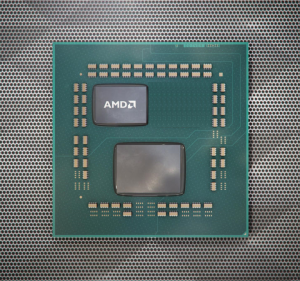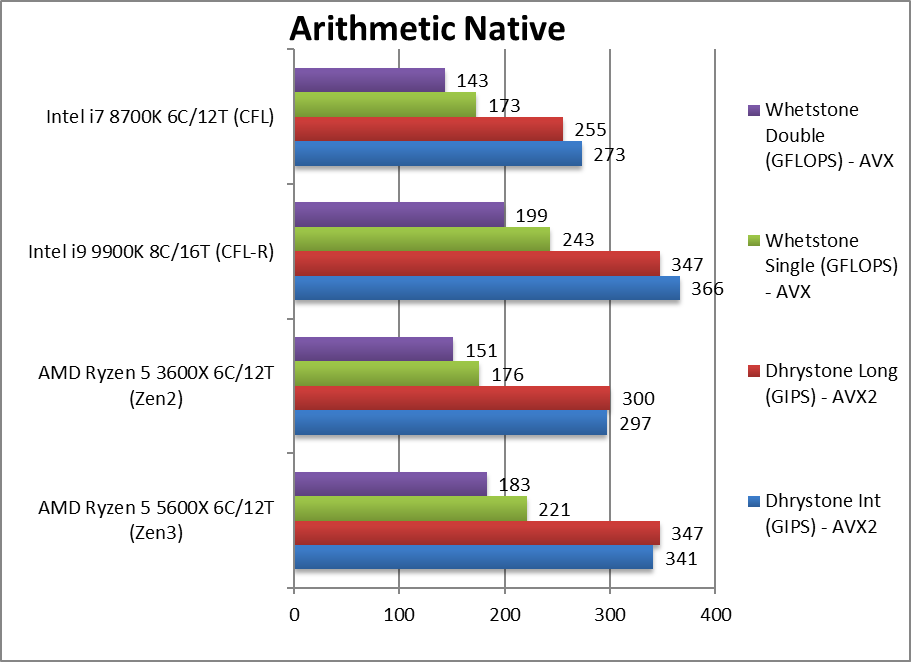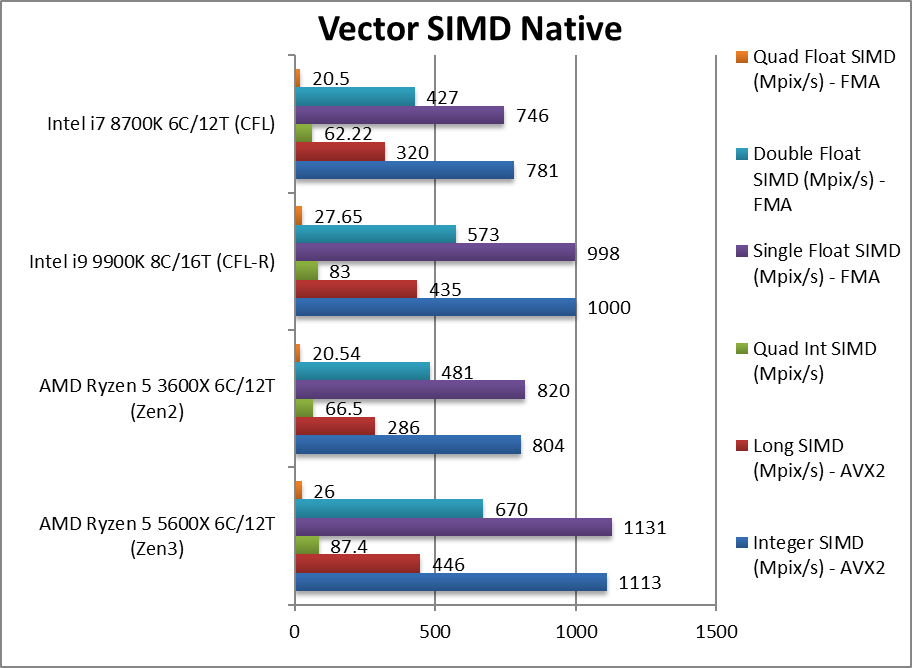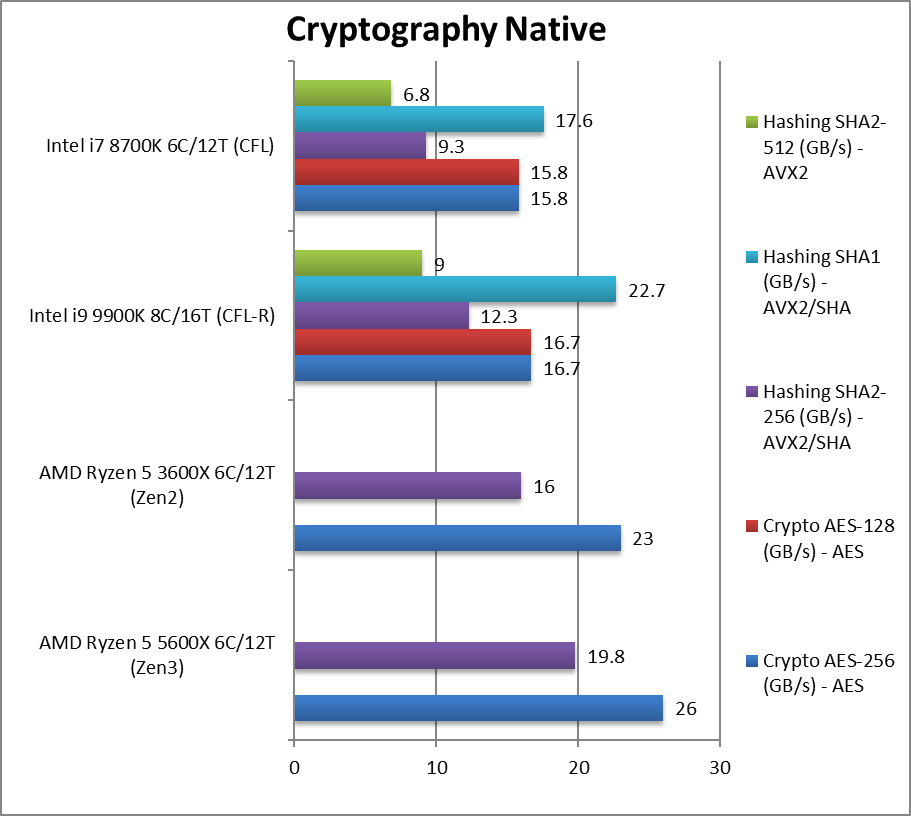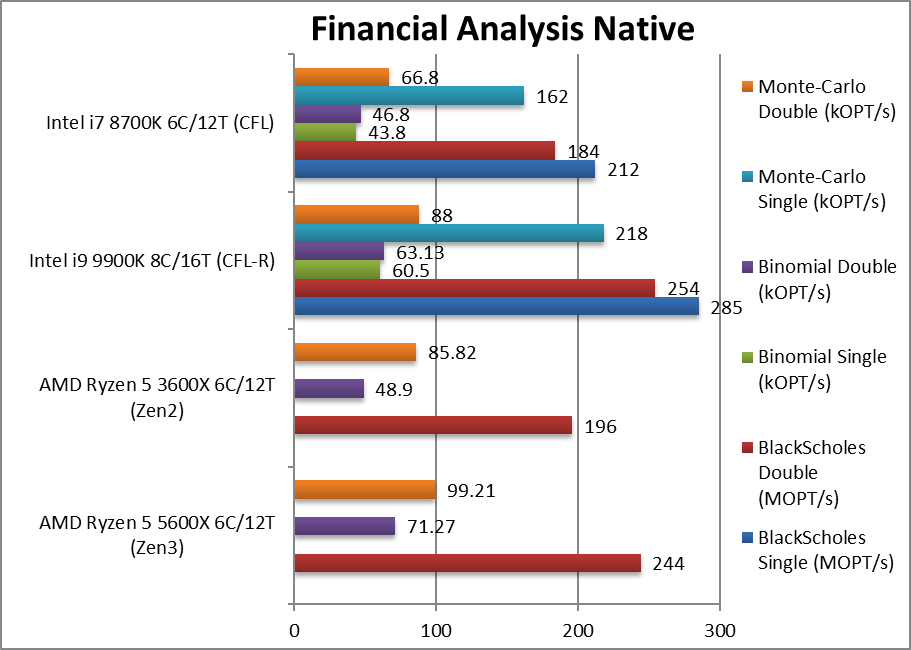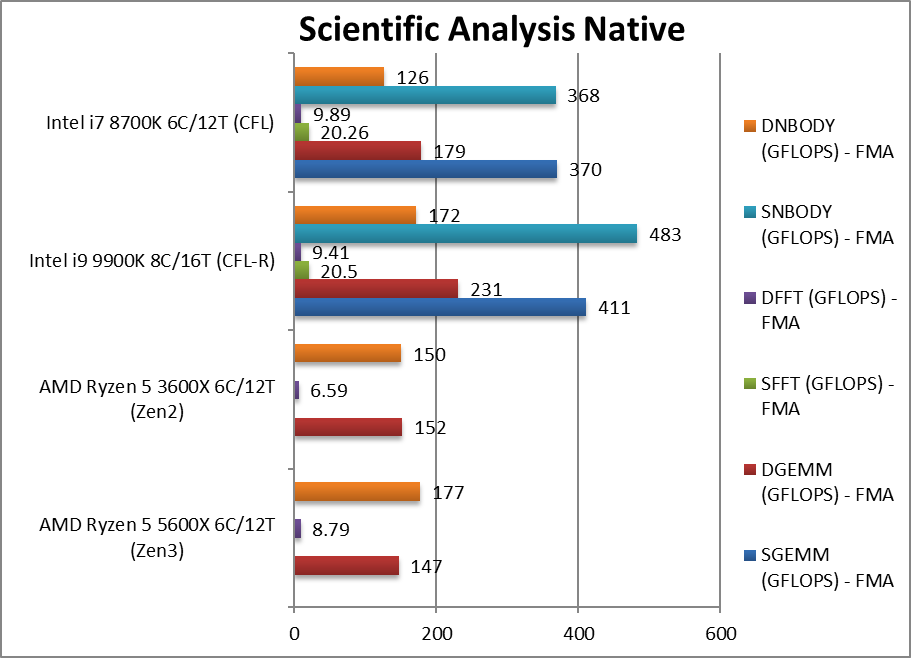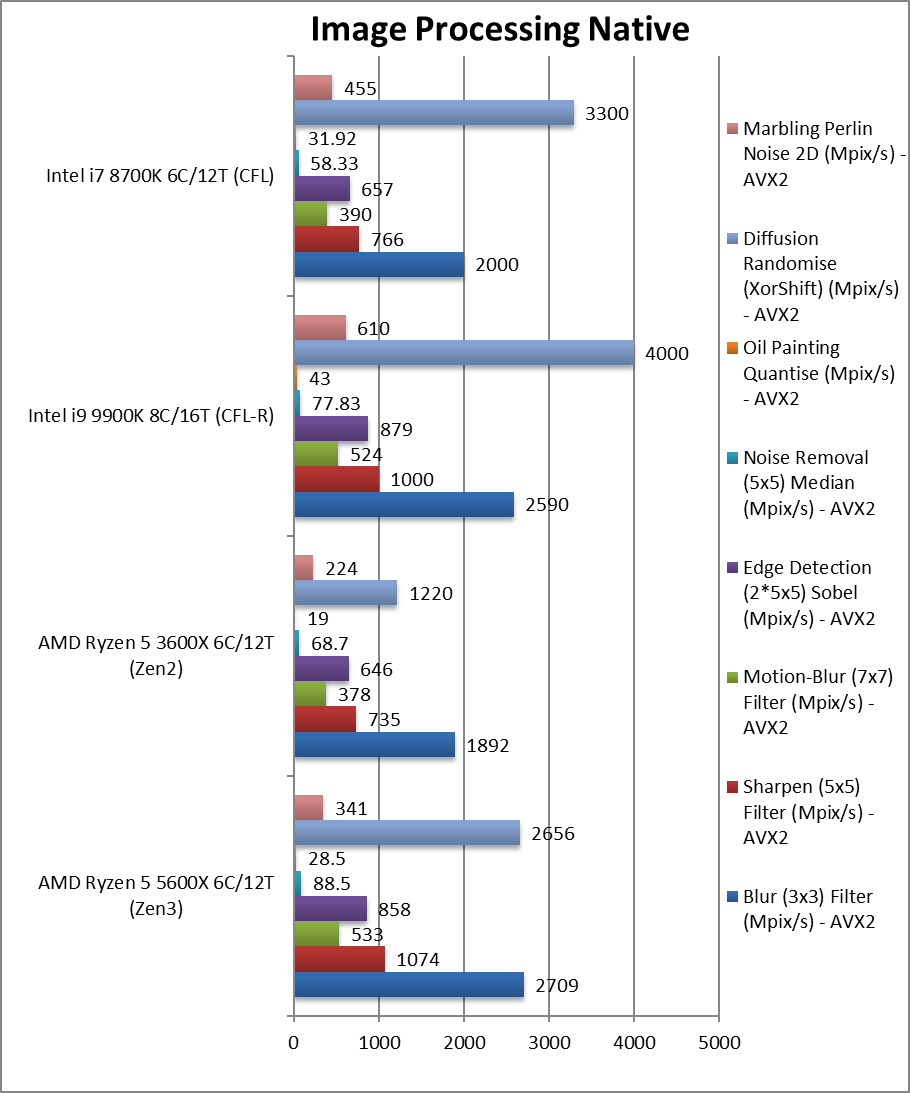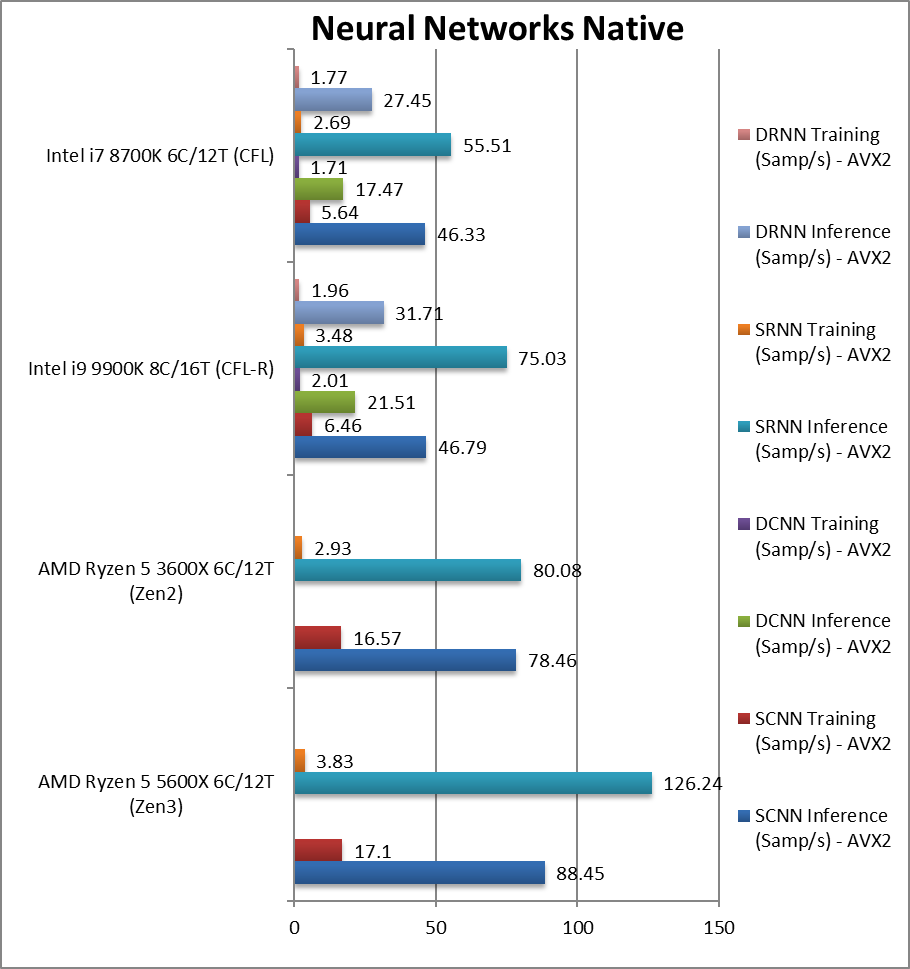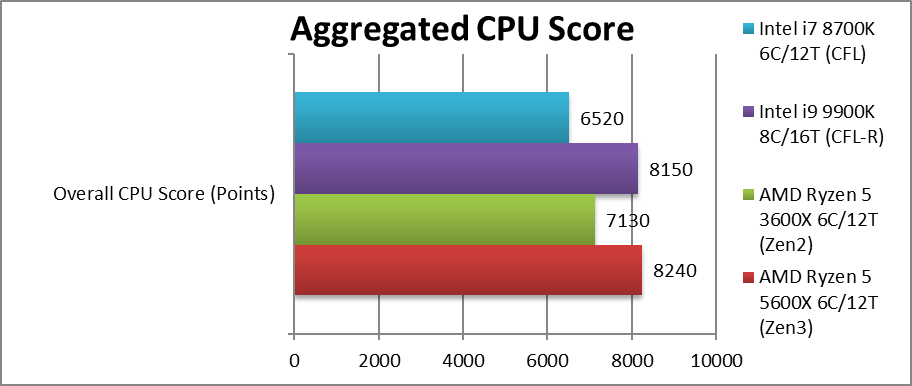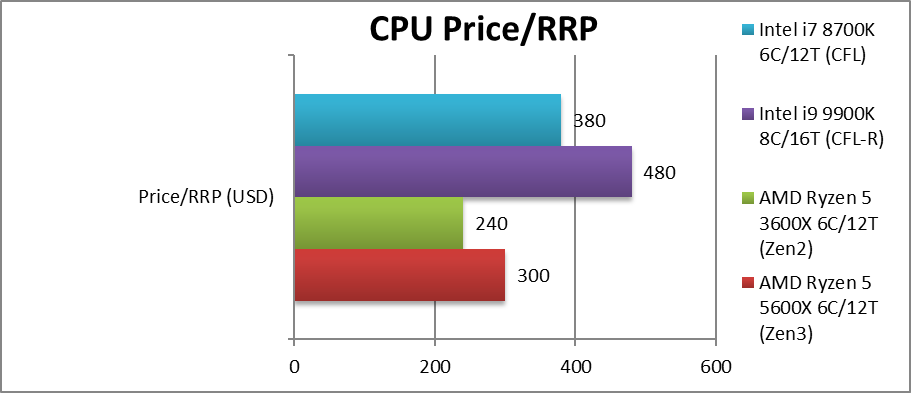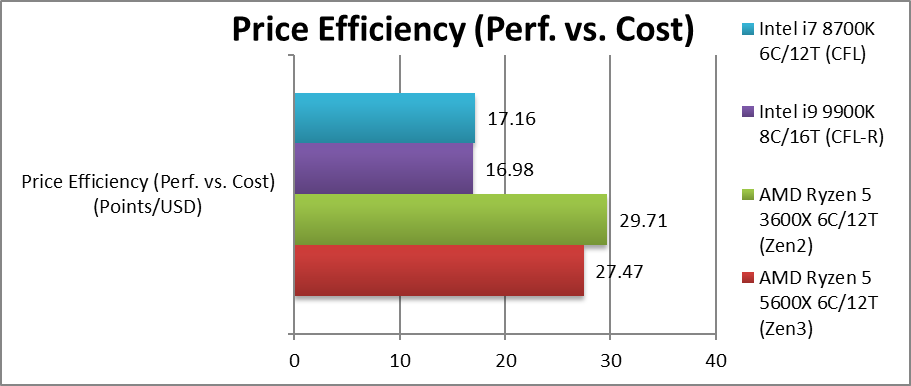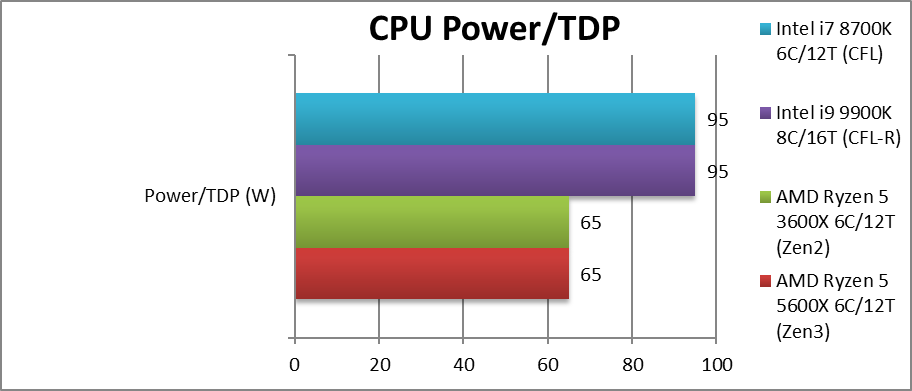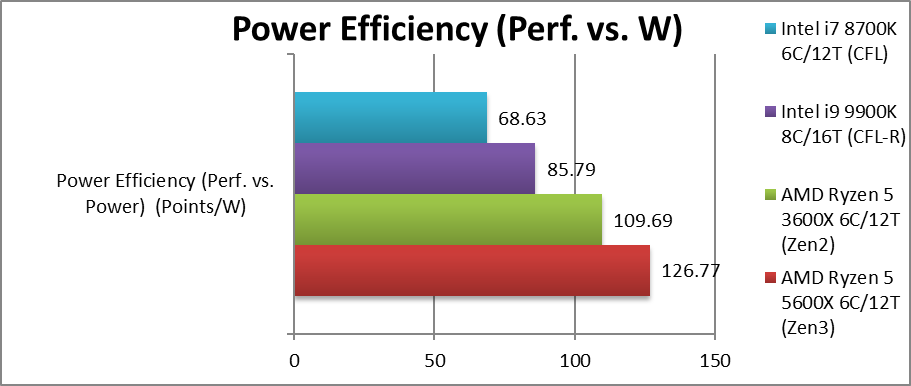What is “ZEN3” (Ryzen 5000)?
AMD’s Zen3 (“Vermeer”) is the 3rd generation ZEN core – aka the new 5000-series of CPUs from AMD, that introduces further refinements of the ZEN(2) core and layout. An APU version (with integrated “NaviX” graphics) is also scheduled to be launched later (as normal) but this time likely to keep the 5000-series moniker. The CPU/APUs remain socket AM4 compatible on desktop – thus allowing in-place upgrade (subject to BIOS upgrade as always) – but series 500-chipsets are recommended to enable all features (e.g. PCIe4, etc.). [Note this is the last CPU that will fit AM4 socket; future CPUs supporting DDR5 need a new socket]
Unlike ZEN2, the main changes are to the core/cache layout but they could still prove significant considering the cache/memory latencies issues that have impacted ZEN designs:
- Claim +19% IPC overall improvement vs. ZEN2
- Higher base and turbo clocks +3% [for 5600X vs. 3600XT]
- Still built around “chiplets” CCX (“core complexes”) but now of 8C/16T and 32MB L3 cache (still 7nm)
- Same central I/O hub with memory controller(s) and PCIe 4.0 bridges connected through IF (“Infinity Fabric”) (12nm)
- Still up to 2 chiplets on desktop platform thus up to 2x 8C (16C/32T 5950X)
- L3 is still the same 32MB but now unified (not 2x 16MB) still up to 64MB on 5950X
- 20 PCIe 4.0 lanes
- 2x DDR4 memory controllers up to 3200Mt/s official (4266Mt/s max)
To upgrade from Zen2 (Ryzen 3000) or not?
Micro-architecturally there are more changes that should improve performance and security:
- VAES 256-bit (vs. AES HWA 128-bit) [note that VAES/AVX512 is 512-bit]
- Control Flow Integrity eXtensions (CFX) & Shadow Stacks (SSX)
- Multi-Key Memory Encryption, e.g. individually encrypted VM memory
- Inter-core latencies reduced through shared L3 (8C and less); no more trips to memory to share data
- AMD processors have thankfully not been affected by most of the vulnerabilities bar two (BTI/”Spectre”, SSB/”Spectre v4″) that have now been addressed in hardware.
You also need to watch out for the compatibility issues especially for older boards:
- X570, B550, A520 boards need AGESA 1.0.8.0 for Zen3 support
- AGESA 1.1.0.0 Patch B/C or later recommended
- X470, B450 boards need at least AGESA 1.0.1.0 to boot Zen3 and won’t receive full support for some time
- X370, B350, A320 boards are not likely to be updated for Zen3
In this article we test CPU core performance; please see our other articles on:
- Zen3
- AMD Ryzen 7 5800X (Zen3) Review & Benchmarks – Cache and Memory Performance
- AMD Ryzen 9 5950X (Zen3) Review & Benchmarks – CPU 16-core/32-thread Performance
- AMD Ryzen 7 5800X (Zen3) Review & Benchmarks – CPU 8-core/16-thread Performance
- Zen2
- AMD Ryzen 9 3900X (Zen2) Review & Benchmarks – CPU 12-core/24-thread Performance
- AMD Ryzen 7 3700X (Zen2) Review & Benchmarks – CPU 8-core/16-thread Performance
- AMD Ryzen 7 3700X (Zen2) Review & Benchmarks – Cache and Memory Performance
- AMD Ryzen Threadripper 3970X, 3960X Review & Benchmarks – CPU Performance
Hardware Specifications
We are comparing the middle-range Ryzen 5 5000-series (Zen3 6-core) with previous generation Ryzen 5 3000-series (Zen2 6-core) and competing architectures with a view to upgrading to a middle-range but still high performance design.
| CPU Specifications | AMD Ryzen 5 5600X 6C/12T (Vermeer) |
AMD Ryzen 5 3600XT 6C/12T (Matisse) | AMD Ryzen 5 2600X 6C/12T (Pinnacle Ridge) | Intel i9 9900K 8C/16T (Coffeelake-R) | Intel i7 8700K 6C/12T (Coffeelake) | Comments | |
| Cores (CU) / Threads (SP) | 6C / 12T | 6C / 12T | 6C / 12T | 8C / 16T | 6C / 12T | Core counts remain the same. | |
| Topology | 1 chiplet, 1 CCX, each 6 core (2 cores disabled) + I/O hub | 1 chiplet, 2 CCX, each 3 cores (1 core disabled) + I/O hub | 2 CCX, each 3 cores (1 core disabled) | Monolithic die | Monolithic die | Large CCX with 6 cores not 3 | |
| Speed (Min / Max / Turbo) (GHz) |
3.7 / 4.6GHz [+2%] | 3.8 / 4.5GHz | 3.6 / 4.2GHz | 3.6 / 5GHz | 3.7 / 4.7GHz | Base is lower but turbo 2% higher. | |
| Power (TDP / Turbo) (W) |
65W / 135W (PL2) | 95W / 135W (PL2) | 95W / 135W (PL2) | 95 / 135W (PL2) | 95 / 135W (PL2) | Same TDP | |
| L1D / L1I Caches (kB) |
6x 32kB 8-way / 6x 32kB 8-way | 6x 32kB 8-way / 6x 32kB 8-way | 6x 32kB 8-way / 6x 64kB 4-way | 8x 32kB 8-way / 8x 32kB 8-way | 6x 32kB 8-way / 6x 32kB 8-way | No changes to L1 | |
| L2 Caches (MB) |
6x 512kB (3MB) 8-way inclusive | 6x 512kB (3MB) 8-way inclusive | 6x 512kB (4MB) 8-way | 8x 256kB (2MB) 16-way | 6x 256kB (1.5MB) 16-way | No changes to L2 | |
| L3 Caches (MB) |
32MB 16-way exclusive | 2x 16MB (32MB) 16-way exclusive | 2x 8MB (16MB) 16-way | 16MB 16-way | 12MB 16-way | Unified L3 but not larger | |
| Mitigations for Vulnerabilities | BTI/”Spectre”, SSB/”Spectre v4″ hardware | BTI/”Spectre”, SSB/”Spectre v4″ hardware | BTI/”Spectre”, SSB/”Spectre v4″ software/firmware | RDCL/”Meltdown”, L1TF hardware, BTI/”Spectre”, MDS/”Zombieload”, software/firmware | RDCL/”Meltdown”, L1TF hardware, BTI/”Spectre”, MDS/”Zombieload”, software/firmware | No new fixes required… yet! | |
| Microcode (MU) |
MU-xxx | MU-8F7100-11 | MU-8F0802-04 | MU-069E0C-9E | MU-069E0C-9E | The latest microcodes have been loaded. | |
| SIMD Units | 256-bit AVX/FMA3/AVX2 | 256-bit AVX/FMA3/AVX2 | 128bit AVX/FMA3/AVX2 | 256-bit AVX/FMA3/AVX2 | 256-bit AVX/FMA3/AVX2 | Same SIMD widths | |
| Price/RRP (USD) | $300 [+25%] |
$240 [higher now due to demand] | $220 [much cheaper now] | $480 | $380 [much cheaper now] | Somewhat large price increase of 25% still better than Intel. | |
Disclaimer
This is an independent article that has not been endorsed nor sponsored by any entity (e.g AMD). All trademarks acknowledged and used for identification only under fair use. Errors and omissions excepted (E&OE).
The article contains only public information (available elsewhere on the Internet) and not provided under NDA nor embargoed. At publication time, the products have not been directly tested by SiSoftware and thus the accuracy of the benchmark scores cannot be verified; however, they appear consistent and do not appear to be false/fake.
Native Performance
We are testing native arithmetic, SIMD and cryptography performance using the highest performing instruction sets (AVX2, FMA3, AVX, etc.). Zen3 supports all modern instruction sets including AVX2, FMA3 and even more like SHA HWA but not AVX-512.
Results Interpretation: Higher values (GOPS, MB/s, etc.) mean better performance.
Environment: Windows 10 x64, latest AMD and Intel drivers. 2MB “large pages” were enabled and in use. Turbo / Boost was enabled on all configurations. All mitigations for vulnerabilities (Meltdown, Spectre, L1TF, MDS, etc.) were enabled as per Windows default where applicable.
SiSoftware Official Ranker Scores
- AMD Ryzen 9 5950X 16-Core/32-Threads
- AMD Ryzen 7 5800X 8-Core/16-Threads
- AMD Ryzen 5 5600X 6-Core/12-Threads
Final Thoughts / Conclusions
Executive Summary: Zen3 (5600X, 6-core) is ~16% faster than Zen2 (3600XT, 6-core) across all kinds of algorithms but 25% more expensive. We’ll give it 8/10.
Despite no major architectural changes (except larger 8-core single CCX layout (2 cores disabled here) and thus unified L3 cache) over Zen2 – Zen3 manages to be quite a bit faster across legacy and heavily vectorised SIMD algorithms, though in the case of the 6-core (aka 5600X) due to its almost identical Turbo compared to old Zen2 (3600XT) – it cannot beat it so soundly as the other siblings have as we’ve seen in the other reviews. The Zen2 XTs performance is just too good!
Still, it is enough to overtake the Intel competition, even the old top-end 8-core i9 9900K which is a massive win – and naturally leaves the older 6-core i7 8700K in the dust.
Again, in effect it is like getting a 8-core CPU for the price of the 6-core and despite of the higher cost vs. older CPUs; it is a big upgrade especially for older AM4 boards likely still using Zen1/Zen+ CPUs (e.g. 1600, 2600 or so). At this level, PCIe3 performance (on 400, 300-series boards) is just fine and you are getting a relatively cheap system that can beat older top-of-the-range systems of the past. [Note: as long as there is a BIOS update available or you can mod one]
As before – if you want one of these CPUs, make sure you buy or even pre-order one now to avoid disappointment, though watch out for the relatively large price increase!
Please see the other reviews on how the 8-core (5800X) and the top-end 16-core (5950X) variants perform:
- Zen3
- AMD Ryzen 7 5800X (Zen3) Review & Benchmarks – Cache and Memory Performance
- AMD Ryzen 9 5950X (Zen3) Review & Benchmarks – CPU 16-core/32-thread Performance
- AMD Ryzen 7 5800X (Zen3) Review & Benchmarks – CPU 8-core/16-thread Performance
- Zen2
Disclaimer
This is an independent article that has not been endorsed nor sponsored by any entity (e.g AMD). All trademarks acknowledged and used for identification only under fair use. Errors and omissions excepted (E&OE).
The article contains only public information (available elsewhere on the Internet) and not provided under NDA nor embargoed. At publication time, the products have not been directly tested by SiSoftware and thus the accuracy of the benchmark scores cannot be verified; however, they appear consistent and do not appear to be false/fake.

